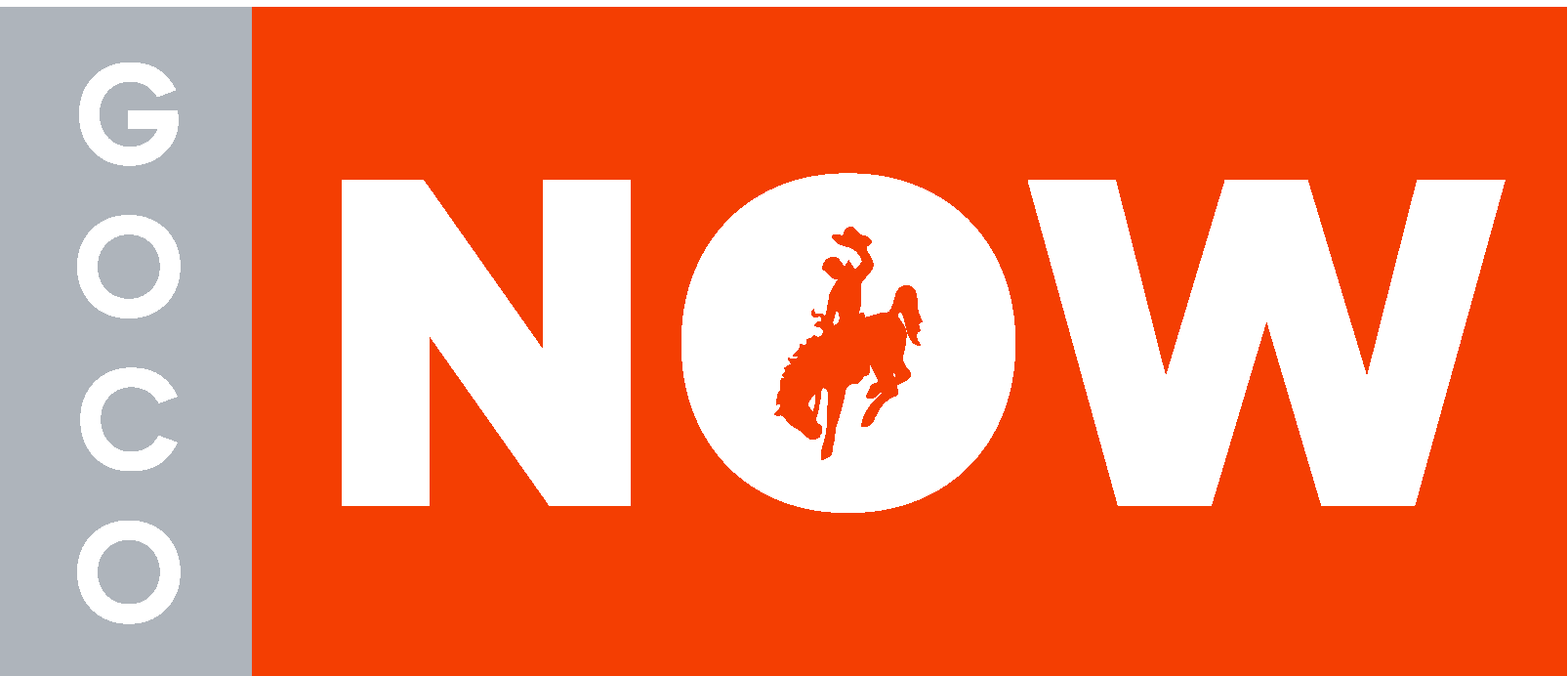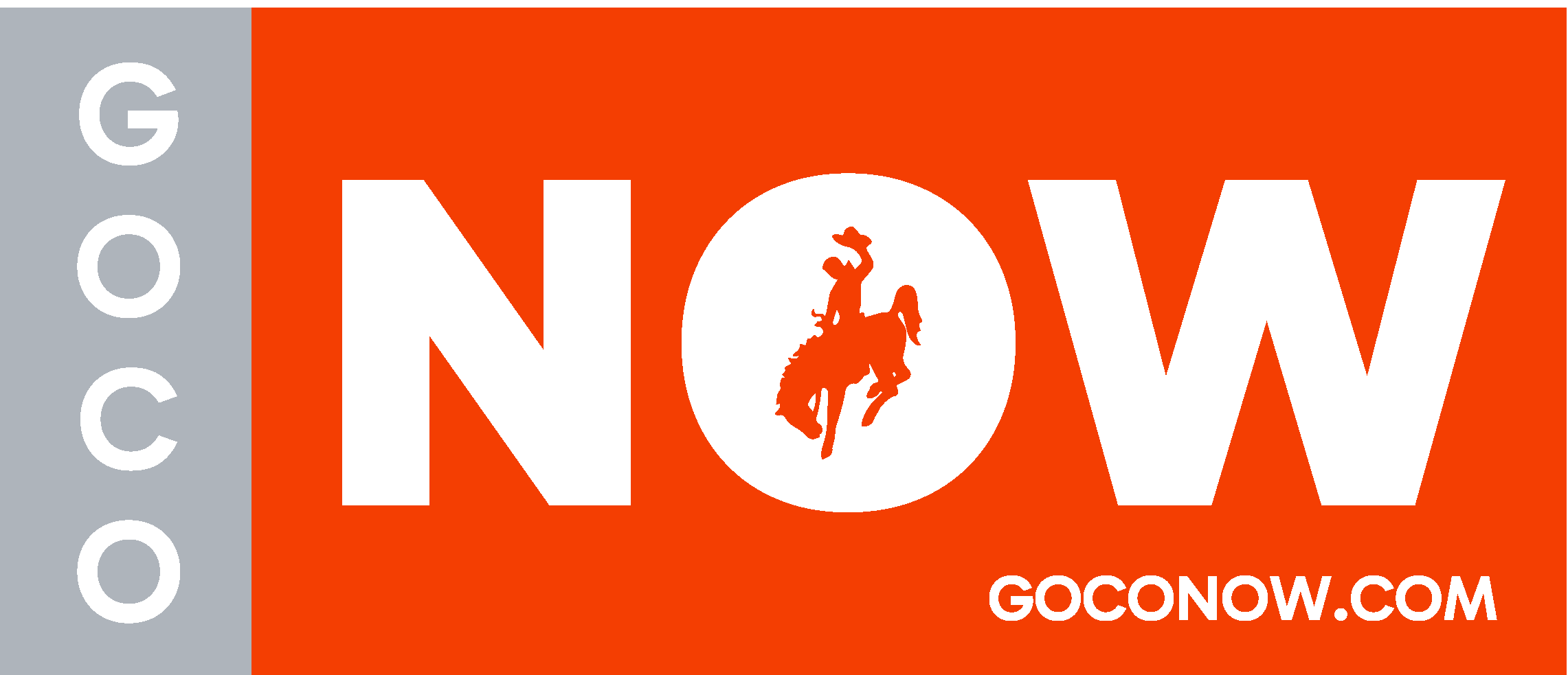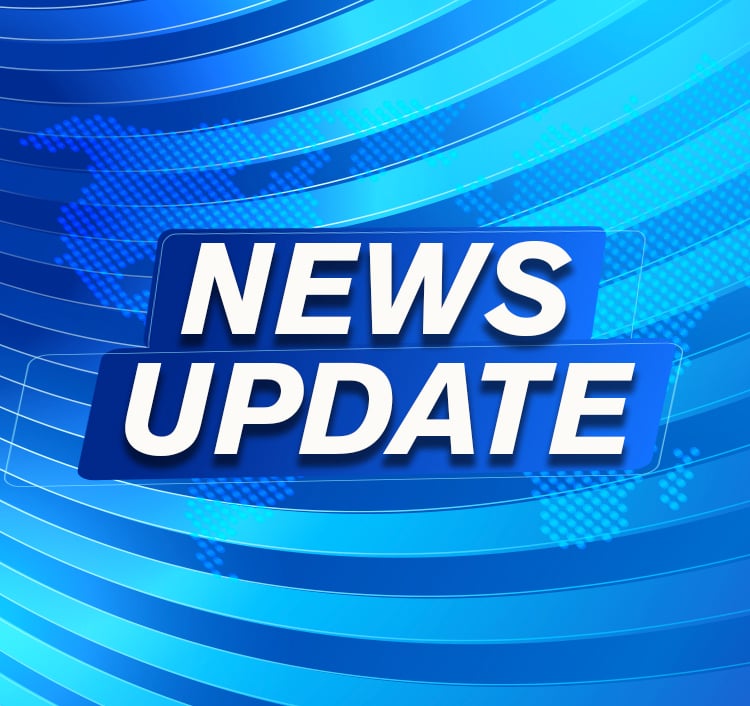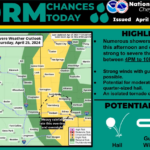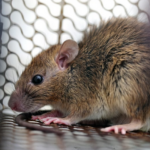Cheyenne, Wyo. January 24, 2023 (RELEASE from Cheyenne Chamber) — Colorado has geared up its efforts to bring passenger rail service to the Front Range, and Cheyenne is staying on course to eventually connect Wyoming with the new line.
“Cheyenne’s economy is inextricably linked to the Front Range,’’ Dale Steenbergen, president and CEO of the Greater Cheyenne Chamber of Commerce, said. “It is important for us to keep our efforts aligned and on track. Passenger rail is a major step in building the future of transportation in our region.”
Front Range Engine-uity
An idea that has existed for decades, the Front Range Passenger Rail project proposes to establish daily passenger train service on existing rail line along the I-25 corridor, initially from Pueblo to Fort Collins in Colorado, and later to Cheyenne and into New Mexico.
The project gained serious traction when Congress enacted an infrastructure bill in 2021 that provides $66 billion in funding for passenger rail projects around the country.
The Federal Railroad Administration is currently taking proposals from states, local governments, and others on new passenger rail corridors where Amtrak could expand its service. The federal agency will then select which proposals should get the federal funding.
The Front Range project is centered on Colorado, which has taken the lead in developing it by allocating nearly $9 million for planning the route and creating an independent special governing district that can levy voter-approved taxes to build and operate a passenger rail system.
“We feel that we are situated pretty well,’’ said Andy Karsian, general manager of the Colorado district. “We’re ahead of the game based on the work that groups have done on this in Colorado and in the region to date. So we’re building upon those. We’re a little bit ahead of other folks around the country that are doing this as well.’’
The district is working to get organized, developing more studies, and seeking federal grants to fund more detailed plans for the proposed new rail service, said Karsian.
Next Stop: Cheyenne
Tom Mason, director of the Cheyenne Metropolitan Planning Organization, said his office has been closely involved with the Colorado project from the beginning.
“We’ve always wanted to be there and participate because we don’t want them to forget that we’re the northern anchor of the Front Range, not Fort Collins,’’ he said “…And people down in Colorado have done a good job of involving us.’’
For instance, Steenbergen is a nonvoting member of the special district oversight board in Colorado.
In addition, Mason’s office has already secured funds to determine the feasibility and possible location of a passenger train station in the downtown Cheyenne area. While no location has been identified yet, Mason said the planned redevelopment of the Reed Avenue Corridor in downtown Cheyenne could be a candidate.
Comprehensive Transportation Future
Mason said his office also has been working with the Wyoming Department of Transportation on other related projects aimed at providing more transportation options for the Cheyenne region that would tie in nicely with the passenger rail service when it reaches Wyoming.
The related projects include establishing a bus service between Cheyenne and Fort Collins while the rail line is being planned, developed and built, which will take years to accomplish between Pueblo and Fort Collins and still more years and work involved to extend to Cheyenne.
“We’re not just sitting on our hands when it comes to making Cheyenne part of the passenger rail program,’’ Mason said. “We’re doing what we can to improve the transportation options for people to go back and forth between Cheyenne and northern Colorado and beyond to downtown Denver, and we’re doing what we can to plan to be a part of the passenger rail line once it gets going.’’
Those additional transportation options will be important because traffic will continue to increase between Cheyenne and Fort Collins as Cheyenne continues to grow economically and demographically, he said. He noted that Colorado is currently expanding I-25 between Denver and Fort Collins to three lanes each way but has no plans to add more lanes from Fort Collins to the Wyoming state line.
“And so the next step is highway transit and eventually passenger rail,’’ he said. “… And what’s the choice we want to make: Do we want to go to the expense of widening I-25 to three lanes each direction between Cheyenne and Fort Collins or do we want to go the route of passenger rail? So that’s a major policy issue that will someday need to be tackled by Cheyenne and the Wyoming Department of Transportation.’’
If the decision is for passenger train service, Cheyenne will need to complete a development plan for its section of track, fund its station and form its own special district, Mason said. Once the Cheyenne leg is established, the rail service could eventually go on to Casper and into Montana, he said.
In the end, adding passenger rail service and other modes of transportation will mean more people coming to Cheyenne and a more vibrant local economy, Mason said.
Karsian recounted a trip he once made on the Big Boy steam engine train from Denver to Cheyenne Frontier Days, describing it as an “amazing’’ and “wonderful’’ experience that provides a glimpse of possible economic benefits of regular passenger train service.
“We want to keep moving the rail line north as much as possible and create as much of this economic benefit for the region all along,’’ he said.
